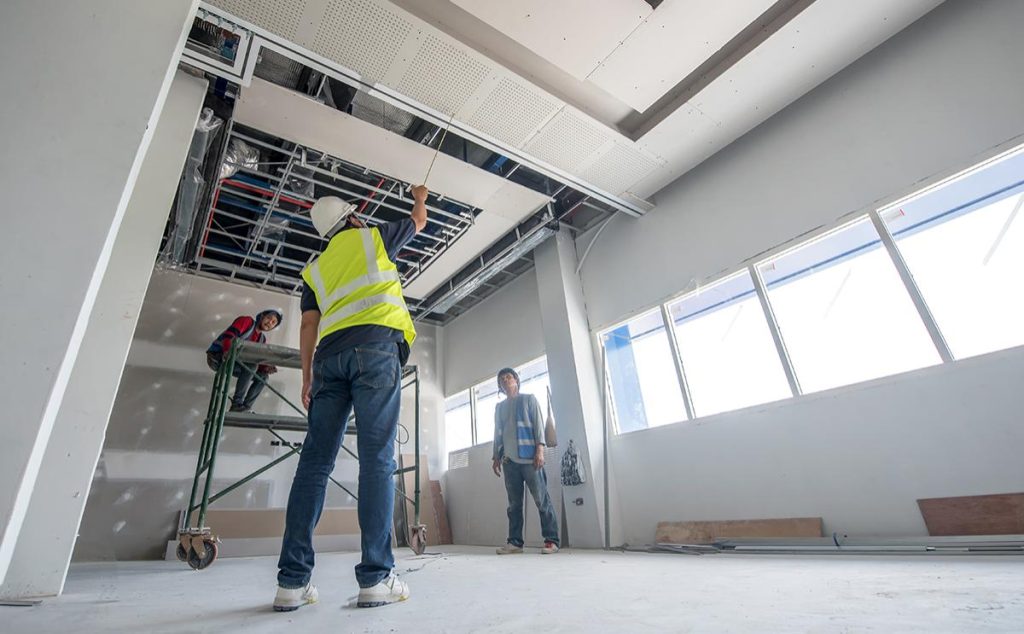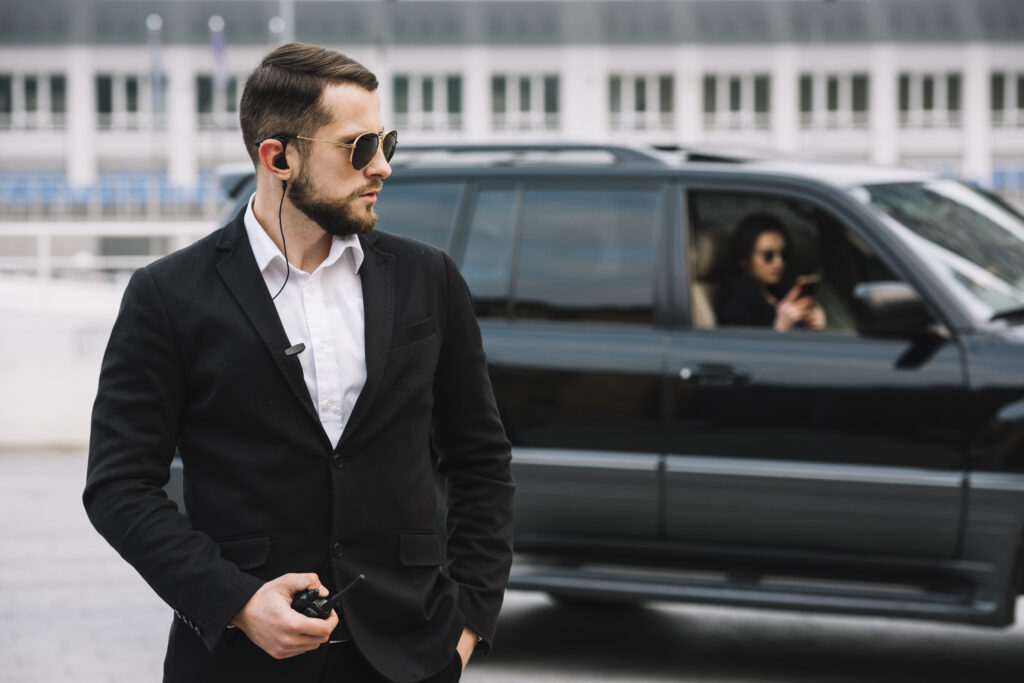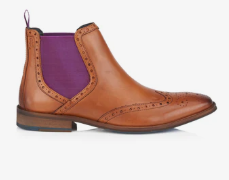In the wake of global workplace transformation, hybrid work has become the defining model of the modern era. Companies around the world are rethinking office design to support a flexible workforce that toggles between home and office. This shift is more than a trend—it’s a strategic evolution impacting culture, collaboration, and commercial real estate. At the core lies a single challenge: how do we design office spaces that are not just relevant, but resilient, agile, and employee-centric?
Designing for Flexibility and Agility
The hybrid model demands multi-functional spaces that serve both in-office and remote employees. Traditional layouts with rigid workstations are being replaced with modular designs, flexible seating, and activity-based zones that promote choice and autonomy.
Workspaces are now segmented into zones for collaboration, focus, rejuvenation, and socialization. This zoning optimizes the flow of people and ideas, allowing teams to fluidly shift between tasks. Hot-desking, hotel-like lounge areas, and on-demand meeting rooms are no longer novelties—they are necessities.
Technology Integration: A Foundation for Hybrid Collaboration
A hybrid office is only as effective as its technological infrastructure. Companies are investing heavily in state-of-the-art video conferencing tools, wireless screen sharing, and AI-powered meeting schedulers to ensure seamless connectivity.
Smart office technology also includes IoT-powered lighting, climate control, and occupancy sensors that adapt in real-time to the needs of the space. These innovations enhance not only productivity but also sustainability and energy efficiency.
Moreover, digital whiteboards, augmented reality collaboration tools, and cloud-based project management software ensure that remote employees are just as integrated and engaged as those on-site.
Employee Well-Being: The Cornerstone of Modern Design
A forward-thinking hybrid office is one that prioritizes employee wellness. Natural light, indoor plants, and access to outdoor spaces are being embraced under the philosophy of biophilic design—connecting people with nature to reduce stress and improve mood.
Ergonomic furniture, height-adjustable desks, and quiet pods ensure comfort and support mental focus. Beyond the physical, many companies are integrating wellness rooms, meditation zones, and in-office fitness spaces that reflect a growing emphasis on work-life integration.
The Rise of the Hub-and-Spoke Model
Rather than investing in one large headquarters, organizations are adopting a hub-and-spoke office strategy. The central hub serves as a cultural and collaboration epicenter, while smaller satellite offices (the spokes) are strategically placed closer to where employees live.
This model reduces commute times, enhances regional agility, and makes the workplace more accessible. It’s particularly beneficial for multinational companies, startups, and creative agencies that value both centralization and decentralization.
Sustainability and Smart Material Use
The hybrid work trend also dovetails with a rising demand for sustainable office design. Recycled materials, energy-efficient HVAC systems, and green certifications like LEED and WELL are now integral to the design process.
Architects and office interior designers are opting for low-emission paints, sustainable wood, and locally sourced materials that reduce environmental impact. Beyond aesthetics, these choices support corporate ESG goals and attract eco-conscious talent.
Data-Driven Space Utilization
Data analytics is playing a pivotal role in office space optimization. Through real-time usage tracking, companies can analyze how often spaces are used, by whom, and for what purpose. This insight allows for constant refinement—whether it’s resizing a breakout room or reconfiguring seating arrangements.
Heat maps, foot traffic sensors, and occupancy monitoring dashboards help employers understand behavioral trends, enabling evidence-based decision-making that enhances both efficiency and satisfaction.
Cultural Recalibration and Brand Experience
As offices become less about clocking in and more about purposeful presence, design is being used to reinforce company culture and brand identity. The physical space becomes a manifestation of values, mission, and innovation.
From branded colors and immersive visual storytelling to personalized welcome areas and team-specific zones, companies are tailoring every element to make the in-office experience meaningful, memorable, and mission-aligned.
Security and Health Measures in the Post-Pandemic Era
Post-COVID, office design must account for health security. Touchless entry systems, HEPA-grade air filtration, UV sanitizing lights, and temperature-checking kiosks have moved from fringe tech to front-line defense.
Office layouts are also designed with social distancing norms, clear wayfinding, and barrier-equipped desks to safeguard employees without compromising collaboration.
Blending Residential and Commercial Aesthetics
As employees bring elements of home to work and vice versa, office design is becoming more domesticated and comforting. The term “resimercial” (residential + commercial) captures this blend—spaces are now designed to feel more like a cozy living room than a sterile cubicle farm.
Soft lighting, warm textures, plush seating, and personalized décor not only make employees feel at home but also support creativity and belonging.
Training & Support for a New Kind of Workforce
A hybrid setup requires a hybrid skillset. As such, offices are integrating training zones, learning labs, and knowledge-sharing corners to promote ongoing professional development.
From virtual reality onboarding to AI-based upskilling platforms, design is supporting the continuous growth of employees navigating this dual-mode workstyle.
Conclusion: The Office as a Dynamic Ecosystem
The future of office design in a hybrid world is not static—it is fluid, intelligent, and human-centered. It accommodates fluctuation, champions inclusion, and promotes innovation. Companies that embrace this evolution will not only attract top talent but also foster a culture of trust, engagement, and purpose.
A well-designed hybrid office is not merely a space—it’s an experience, an ecosystem, and a strategic asset.


